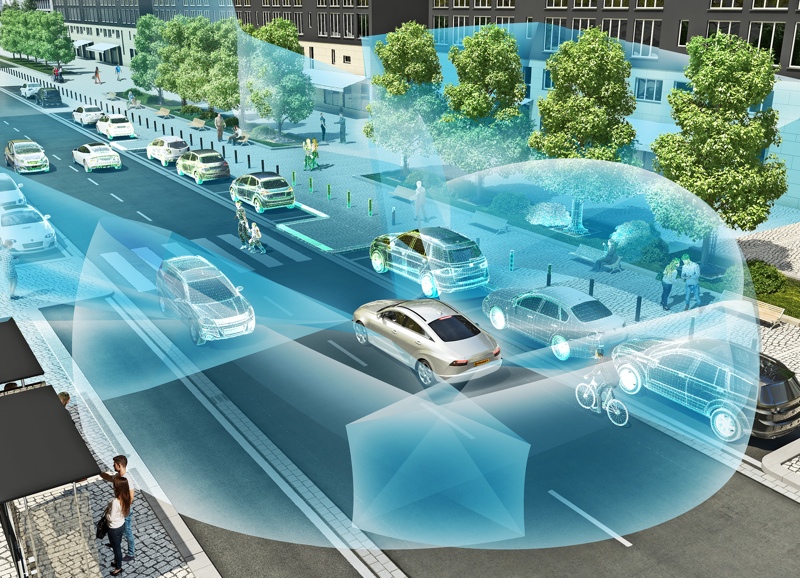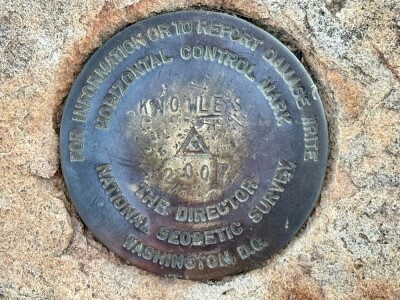Over the past year or so, the major press outlets have used a lot of pixels discussing LiDAR’s use in self-driving automobiles. Most of the attention has been focused on Velodyne LiDAR and Quanergy, both of which announced their own solid-state (or semi-solid-state) solutions for self-driving vehicles in the past year. One company that has slipped under the public radar is Advanced Scientific Concepts (ASC), which owns a division for the design and manufacture of “Hi-Res 3D Flash LiDAR.”
That’s about to change, because that division, and the technologies it develops, were just purchased by German auto-parts giant Continental AG (you may know their logo depicting a rearing horse). In an official release, they claim that “technology from Advanced Scientific Concepts, Inc. [is]critical as a breakthrough enabler for highly or fully automated driving.”
What flash LiDAR can do
ASC’s website describes their solid-state flash LiDAR technology as operating “very much like 2D digital cameras.” This means that “3D focal plane arrays have rows and columns of pixels, [just like 2D cameras] but with the additional capability of having the 3D “depth” and intensity.”
This allows the LiDAR to capture depth information for everything in its frame, taking a 3D depth image just as quickly as a 2D digital camera captures a 2D image.
Two advantages result from this. First, this makes flash LiDAR very fast and efficient at capturing a full environment, which is crucial for applications like self-driving automobiles. Second, those individual frames can be strung together to create a 3D movie, which enables the use of real-time machine vision algorithms.
Theoretically, flash LiDAR can map faster and enable functions like auto-recognition, and even deep learning on the fly. Continental explains that the technology will also “help to enable a significantly more detailed and accurate field of vision around the entire vehicle, independent of day or night time and robust in adverse weather conditions.”
What Continental will do with flash LiDAR
Since ASC’s sensors were not, to SPAR 3D’s knowledge, developed specifically for automotive applications, it makes sense that Continental will adapt the technology for automated vehicle use. The company is adapting ASC’s flash LiDAR technology into sensors to address different requirements around the vehicle, including vague-sounding tasks like “function optimized mapping” and “segmentation of the entire surrounding.”
A range of surrounding sensors is needed to progress safely to the higher levels of automated driving,” said Karl Haupt, Executive Vice President, Advanced Driver Assistance Systems (ADAS) Business Unit and Member of the Management Board, Chassis & Safety Division. “We have strong and proven capabilities with radar and camera as well as data fusion. However, it is important to have Hi-Res 3D Flash LIDAR in our technology portfolio to further strengthen and enhance our leadership position in the development of automated driving.”
Purchase details
Though terms of the acquisition were not released, Continental has announced that ASC employees (primarily engineers) will join the “Chassis & Safety Division” of Continental. The company is also planning to expand the number of employees working on this technology by 100.
The good news for those following flash LiDAR is that Continental is throwing its considerable resources behind the development of technology. For now, though, it remains to be seen what company’s logo will be on the LiDAR in your first self-driving car.






